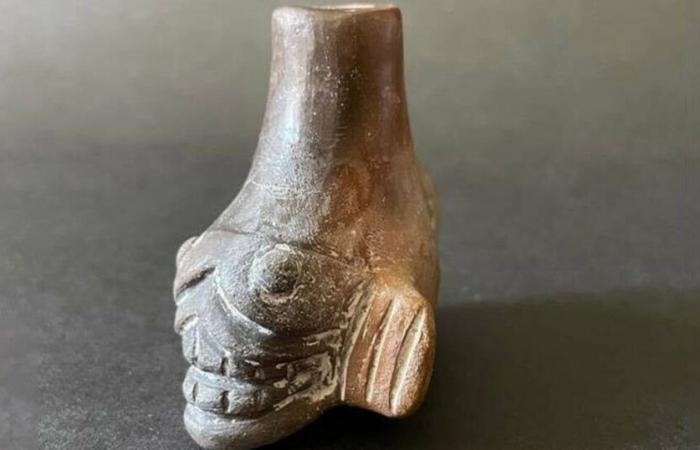
Disagreement
Article reserved for subscribers
If the study published on November 11 affirms that the artifact, with its shrill noise, served to inspire fear in the sacrificed victims, other specialists in Aztec culture lean more towards an imitation of the sound of the wind, by honor of one of their deities. “Liberation” takes stock.
A frightening shrill cry or the gentle whistle of the wind? The sound emitted by the “whistle of death” and its use by the Aztecs between the 14th and 16th centuries were the subject of a study carried out at the University of Zurich by Swiss researchers in neuroscience, published Monday 11 November in the magazine communications psychology. One of these small instruments in the shape of a human skull, faithfully replicated by scientists, was played in front of a panel of 70 European listeners in order to collect their impressions and study the brain mechanisms at play. But the conclusions of this study, which affirms that the death whistle was used during Aztec sacrificial rites to terrorize the victims, is not unanimous among specialists of this people who lived in present-day Mexico until the arrival Spanish settlers.
Why would the Aztecs want to further frighten their slaves and other prisoners of war, aware of the fate that will be reserved for them? “To create an emotional atmosphere during rituals”, responds to Liberation the main author of the study, Sascha Frühholz, Swiss researcher in auditory and affective neuroscience at the University of Zurich. “Many participants indicated
Canada





